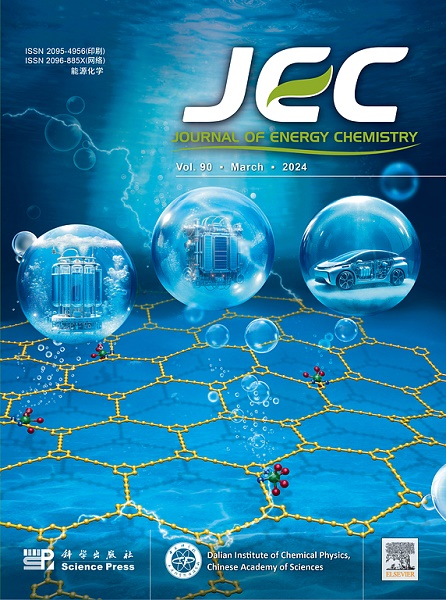Battery pack capacity prediction using deep learning and data compression technique: a method for real-world vehicles
IF 13.1
1区 化学
Q1 Energy
引用次数: 0
Abstract
The accurate prediction of battery pack capacity in electric vehicles (EVs) is crucial for ensuring safety and optimizing performance. Despite extensive research on predicting cell capacity using laboratory data, predicting the capacity of onboard battery packs from field data remains challenging due to complex operating conditions and irregular EV usage in real-world settings. Most existing methods rely on extracting health feature parameters from raw data for capacity prediction of onboard battery packs, however, selecting specific parameters often results in a loss of critical information, which reduces prediction accuracy. To this end, this paper introduces a novel framework combining deep learning and data compression techniques to accurately predict battery pack capacity onboard. The proposed data compression method converts monthly EV charging data into feature maps, which preserve essential data characteristics while reducing the volume of raw data. To address missing capacity labels in field data, a capacity labeling method is proposed, which calculates monthly battery capacity by transforming the ampere-hour integration formula and applying linear regression. Subsequently, a deep learning model is proposed to build a capacity prediction model, using feature maps from historical months to predict the battery capacity of future months, thus facilitating accurate forecasts. The proposed framework, evaluated using field data from 20 EVs, achieves a mean absolute error of 0.79 Ah, a mean absolute percentage error of 0.65%, and a root mean square error of 1.02 Ah, highlighting its potential for real-world EV applications.

求助全文
约1分钟内获得全文
求助全文
来源期刊

Journal of Energy Chemistry
CHEMISTRY, APPLIED-CHEMISTRY, PHYSICAL
CiteScore
19.10
自引率
8.40%
发文量
3631
审稿时长
15 days
期刊介绍:
The Journal of Energy Chemistry, the official publication of Science Press and the Dalian Institute of Chemical Physics, Chinese Academy of Sciences, serves as a platform for reporting creative research and innovative applications in energy chemistry. It mainly reports on creative researches and innovative applications of chemical conversions of fossil energy, carbon dioxide, electrochemical energy and hydrogen energy, as well as the conversions of biomass and solar energy related with chemical issues to promote academic exchanges in the field of energy chemistry and to accelerate the exploration, research and development of energy science and technologies.
This journal focuses on original research papers covering various topics within energy chemistry worldwide, including:
Optimized utilization of fossil energy
Hydrogen energy
Conversion and storage of electrochemical energy
Capture, storage, and chemical conversion of carbon dioxide
Materials and nanotechnologies for energy conversion and storage
Chemistry in biomass conversion
Chemistry in the utilization of solar energy
 求助内容:
求助内容: 应助结果提醒方式:
应助结果提醒方式:


